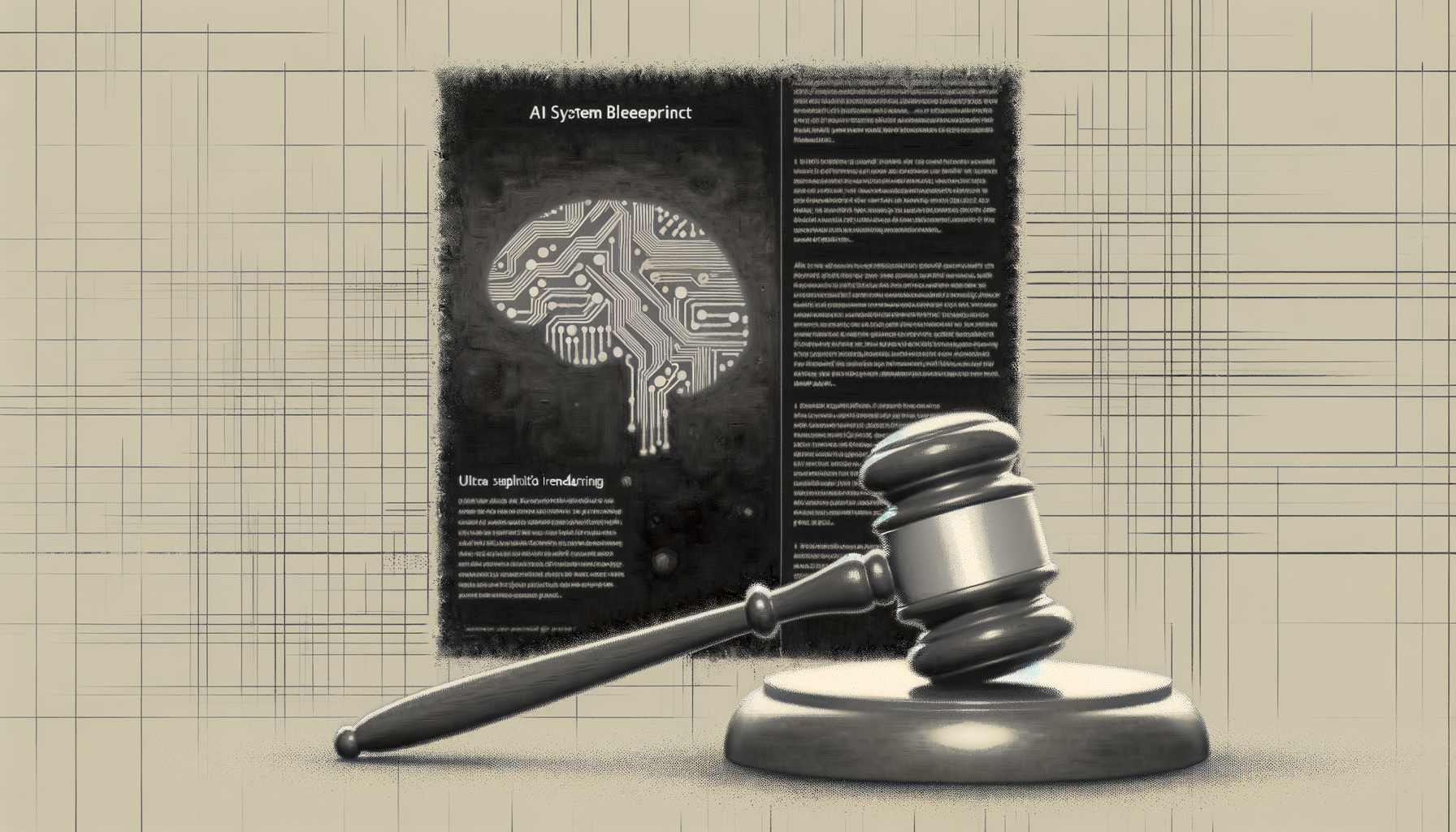AI ethics sound great—but what if they’re just empty promises? Discover the uncomfortable truth behind why most AI projects stay dangerously unaccountable, and what’s next if we really want to take back control.
The Rhetoric–Reality Divide: AI’s Troubling Ethics Paradox
Over the last few years, we’ve witnessed a global explosion in AI ethics manifestos, principle-laden whitepapers, and glossy statements signed by CEOs, regulators, and academics. Sentiments like “AI must not discriminate,” “AI must be transparent,” and “AI must serve humanity” have become the expected minimum for anyone serious about technology’s future. But after the applause dies down, a more sobering question surfaces: what do these ideals actually do to prevent real-world harm?
Ethics principles, no matter how beautifully phrased, are nothing more than organizational PR unless they’re enforced by real, accountable governance.
Why is this happening? Why has a multi-billion-dollar industry, home to some of the smartest minds and most sophisticated tech, failed to cross the bridge from noble principles to tangible accountability? Much like early online privacy debates, we’re encountering an alarming “governance gap”—a chasm between what we say and what the system actually does when it matters most.
How Did We Get Here? Tracing the Roots of the Governance Gap
It’s tempting to blame complexity or fast-moving technology. But the actual roots are deeper and disturbingly persistent:
- Principle Inflation Without Teeth: Almost every major tech firm, government, and standards body now has an AI ethics code—but virtually none have baked-in mechanisms for real, independent oversight or legal compulsion.
- No Shared Definitions: Terms like “fairness”, “explainability”, and “human-centric” are routinely cited yet remain hotly contested and unequally enforced across jurisdictions—and sometimes within the same organizations.
- Patchwork Self-Regulation: Most accountability measures today rely on voluntary frameworks, best practices, or internal audits—rarely on credible, transparent enforcement from outside the developer’s own command structure.
- Lack of Consequence: When failures inevitably occur, the pathways to remediation, redress, or even notification remain murky at best—meaning there is little to deter future ethical breaches.
Real Risks: When Ethics Alone Fails
Imagine a global bank’s AI credit risk model that claims to be “fair by design,” yet quietly perpetuates systemic racial biases—because the underlying data and developer processes were never scrutinized by an independent, empowered auditor. Or a public sector AI safety system where everyone proclaims “ethical” intentions but lacks the authority, expertise, or data access to intervene if the system begins to malfunction. These are not theoretical horrors: such cases have already surfaced and will only escalate.
What Genuine Accountability Looks Like in AI
To understand what’s missing, consider the difference between aspirational principles and enforceable governance. Effective accountability in AI would require:
- External audits and certifications with binding power—not just desk reviews or audit-by-PDF.
- Real consequences for violations, not just polite corrections or trivial fines.
- Mandatory transparency around inputs, design decisions, and performance—so external parties can inspect, verify, and challenge black-box claims.
- Clear lines of responsibility—who is the accountable owner, and what are their obligations in the event of harm?
- Enforceable rights for affected individuals, including appeal paths and redress mechanisms backed by law, not just promises.
- Dynamic oversight that keeps pace with model updates, retraining, and evolving contexts—rather than one-off compliance checks.
Without these ingredients, “ethical AI” commitments remain hollow—and dangerous.
The Regulatory Scramble: Why the Governance Gap Persists
Why do so many organizations, and even governments, get stuck at the “good intentions” stage? There are several persistent barriers:
- Technical opacity: Even leading regulators struggle to independently verify the behavior of advanced models, especially when confronted with proprietary code or rapidly shifting architectures.
- Lack of harmonized standards: Competing regulatory regimes (EU, US, China, etc.) have created uncertainty, with companies often engaging in jurisdiction shopping to avoid stricter rules.
- Resource constraints: Building genuine enforcement takes serious funding, cross-disciplinary expertise, and ongoing political will—all in short supply.
- Cultural resistance: Many organizations still see external oversight as a threat rather than a necessary contribution to trustworthiness.
- Chilling effect fears: Executives worry that strong enforcement mechanisms will slow innovation, prompt legal fights, or push critical research offshore.
Good Intentions Aren’t Governance: A Case for Enforceable Mechanisms
This isn’t just a question for lawyers or compliance officers—it’s the crux of how AI will shape society’s future. Relying solely on in-house committees or “morality by design” leaves entire populations exposed to cascading risks with little or no recourse when things go wrong.
If we want AI to truly serve humanity, principles must become policy—policy must become process—and process must be integrated into the operating system of every AI deployment.
The era of “trust us, we’re ethical” is over; what matters now is, “show us, or be held to account.”
What Needs to Change: Policy, Practice, and Paradigm
- From Voluntary to Mandated: Make independent audits and algorithmic impact assessments legally required—especially for high-stakes applications such as healthcare, law enforcement, and critical infrastructure.
- From Opaque to Transparent: Require the publication of key documentation (model cards, data sheets, post-deployment monitoring reports), so affected communities and watchdogs can scrutinize not just results, but also underlying logic.
- From Discretion to Deterrence: Introduce tough, meaningful penalties for organizations that fail to meet enforceable standards—not just symbolic slaps on the wrist.
- From Siloed to Participatory: Include stakeholders—especially those at risk of harm—in AI design, deployment, impact reviews, and appeal processes. Governance must be a two-way street.
- From Static to Adaptive: Build governance that can evolve; what keeps AI accountable today won’t be enough for tomorrow’s large language models, autonomous agents, or generative systems.
Emerging Models: What Early Progress Tells Us
Some jurisdictions offer promising glimpses into what „next-generation” governance might look like:
- EU AI Act: Moves beyond voluntary codes, introducing binding risk-based classifications, mandatory documentation, and market pullbacks for non-compliant systems. Its challenge will be real-world enforcement across 27 states and ongoing tech shifts.
- Algorithmic Transparency Rules in NYC: Obligates certain public sector actors to publish workflows, data sources, and auditing procedures, with citizen input mechanisms.
- Sector-specific frameworks: The financial sector has piloted independent model validation via central banks and regulators, but such approaches are rare elsewhere.
While promising, these efforts remain fragmented and often outpaced by technological innovation. Global convergence, political courage, and serious investment are needed to close the gap before harms multiply irreversibly.
The Stakes: Why This Governance Battle Can’t Wait
As AI permeates every sector, the cost of inaction compounds. Left unchecked, the practical governance gap allows harms to propagate in the shadows—deepening social divides, eroding public trust, and potentially triggering a backlash that stifles useful technology altogether.
This is not some abstract debate but a test of what kind of society we want to build with AI at our core. The real question is blunt: Do we want to settle for lip service, or demand enforceable protections for all?
Unless we build robust, enforceable accountability into our AI practices now, ethics talk will remain a dangerous substitute for real oversight—and the risks to society will keep rising.





